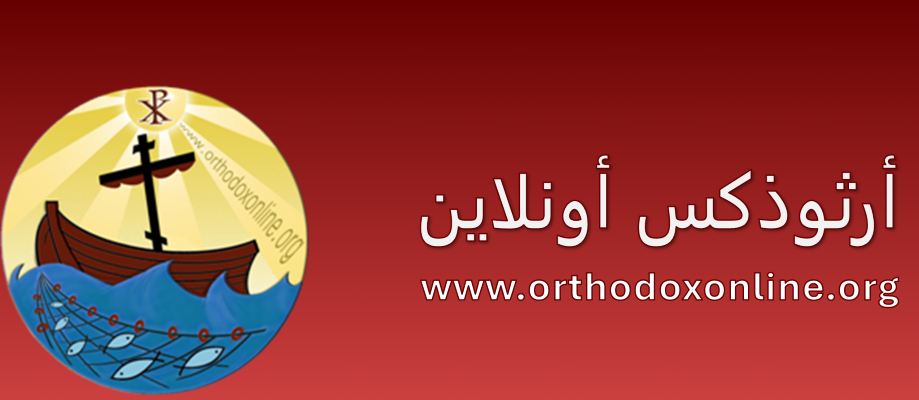There are many testimonies in the New Testament that speak of the resurrection of Christ on the third day from the dead. They differ in some details, including, for example, that the tomb was open when the women arrived (Mark 4:16 and John 1:20), while the Evangelist Matthew states that the angel was the one who removed the stone when the women came. We also find in one of the Gospels that three women visited the tomb (Mark 16:1), and in another Gospel that there were only two of them (Matthew 28:1)... Most commentators have agreed to say that the differences in the accounts of the Resurrection are conclusive proof of their authenticity and truth, because The main event is the Resurrection, and the differences in the narratives in the details rule out any interpretation of them as fictitious or mythical narratives.
The oldest text about the empty tomb is contained in the Gospel of Mark (16: 1-8), which emphasizes the role of the women in discovering the empty tomb and receiving the divine message, and this constitutes conclusive historical proof of the reality of the Resurrection. In Jewish society at that time, women’s testimonies had no legal or legal value. If the story of the Resurrection had been fabricated (or in other words, “fabricated”), there would not have been any talk about the women’s testimony, because their testimony was of no use. Rather, the testimony would have been put on the lips of the disciples or some of them. The silence of the women and the “shudder and astonishment” that befell them were nothing but natural human reactions to divine intervention. This silence tells us what human words cannot express. Therefore, the Resurrection is not an event that falls among the ordinary events, but rather through it, the life of the world to come was fulfilled. The resurrection of Christ is the afterlife itself.
The Evangelist announces when the Resurrection occurred in a style that falls within the framework of Old Testament Biblical literature, and this style has no connection to superstition. There is a “severe earthquake” and an “angel of the Lord” coming down from heaven to roll away the stone, and “his appearance was like lightning, and his clothing was white as snow” (28:2-3). There is no doubt that the evangelist, here, is using the expressions of divine manifestations to say that God is the one who raised Jesus from Among the dead. He uses the term “angel of the Lord,” which is not an ordinary angel, but rather the Lord himself who descends from heaven. And Matthew, by citing the words of the Lord Jesus, “Behold, I am with you always, until the end of the world” (28:19), makes, in contrast to Mark, the end of times in the future after the proclamation of the Gospel to the nations. Thus, human history continues, according to Saint Matthew, under the lordship of Christ.
The Evangelist Luke focuses on highlighting the place of the Resurrection in revealing God’s saving purpose. It also shows that the resurrection event is real and historical, as the one who rose has flesh and bones: “Touch me and see, for the spirit has neither flesh nor bones as you see I have” (24:39). The meeting with the two disciples at Emmaus comes as a climax in the announcement of the Resurrection and its continuation in worship. Through the breaking of bread, the two disciples came to know Christ (24: 30-31). There is no doubt that the breaking of bread was at the core of the faith of the early Christians, which was based on acknowledging the Lord’s death and resurrection, and subsequently on nourishment from His body and blood.
The Evangelist John believed in the resurrection of Christ simply because he saw the empty tomb: “Then the other disciple also entered, who had arrived at the tomb before him, and he saw and believed” (20:8). The beloved disciple continues, saying: “This is because they did not understand what was stated in the book that he must rise from the dead” (20:9). This verse makes it clear that the disciples were not expecting the resurrection of Christ, and what John saw was enough to make him certain of the reality of the resurrection. Contrary to what Mary Magdalene said when she found the tomb empty: “They took the Lord from the tomb, and we do not know where they put him” (20:2), the empty tomb and the presence of the scrolls stretched to one side were sufficient for the disciple to acknowledge the resurrection. The account of the Apostle Thomas shows the certainty and validity of the testimony of the witnesses of the Resurrection, which is why the writer of the Fourth Gospel said: “Blessed are those who have not seen and believed” (20:29), that is, those who believe based on the testimony of those who saw the Risen One from the dead and whom the Lord chose as their witnesses throughout the whole world.
The absence of non-believers’ testimonies about the Resurrection is no reason to doubt the reliability of the testimony of believers. The resurrection of Christ goes beyond being a historical event, because belief in it is not based on knowledge related to past testimony, as if it were an extension of purely historical knowledge, but rather it is a temporary commitment that affects the course of the believers’ lives. This requires them to translate in their lives the meaning of that resurrection by becoming disciples of Him and following an evangelical approach.
Christ is risen! Indeed He has risen!
From my parish bulletin 2001


